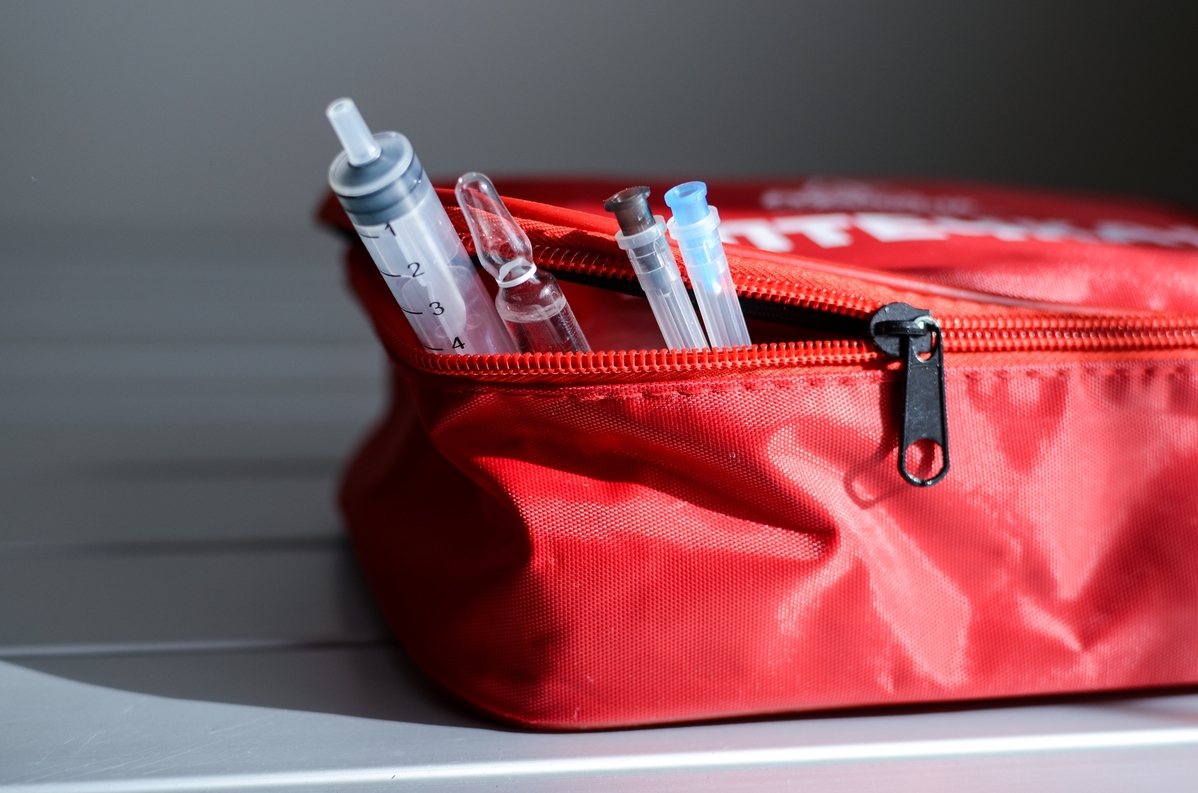
An allergic reaction is when your body identifies certain substances (also called allergens) as harmful, even though they may not be. These substances range from food to environments and even to medications.
Many times, the symptoms are often very mild, like watery eyes, skin irritation, sneezing, and some other cold-like symptoms. Depending on the person, the symptoms can be more severe and lead to anaphylaxis, a life-threatening condition.
Common symptoms accompanying anaphylaxis include an abrupt drop in blood pressure, difficulty breathing, and extreme shock. These symptoms can even lead to cardiac arrest and respiratory failure in worse conditions. There are treatments to help allergic reactions, but they must happen immediately.
Identifying Major and Minor Allergic Reactions
It is important to treat someone having an allergic reaction as soon as possible. It is also important to recognize whether the person has a major or minor allergic reaction.
The parts of your body that will react the most to an allergic reaction are your nose, skin, digestive system, mouth, and especially your airways. These react differently depending on the type of allergy. Here are some different allergies, as well as the symptoms that go with them:
- Medication Allergy: Skin irritation, hives, rash, rapid pulse, and difficulty breathing
- Environmental Allergy: Sneezing, skin irritation, runny nose, difficulty breathing, and watery, red eyes
- Food Allergies: Sneezing, rash, skin irritation, hives, difficulty breathing, nausea, vomiting, and diarrhea
- Insect Allergy: Skin irritation, difficulty breathing, rash, hives, rapid pulse, swelling, and dizziness
First Aid for Allergic Reactions
Severe allergic reactions, like anaphylaxis, happen quickly. Some common triggers of anaphylaxis include medications, latex, certain foods, and contact from certain insects.
Be aware of the symptoms of anaphylaxis, which include:
- Dizziness
- Skin reactions like changes in color, hives, and itchiness
- Swelling of the face or area of contact
- Tightened airways leading to wheezing and difficulty breathing.
- Weak or rapid pulse
- Nausea and vomiting
- Diarrhea
After recognizing the symptoms of a severe allergic reaction, you must take immediate action. According to the Mayo Clinic, you can do this by:
- Calling 9-1-1 as soon as possible
- Keeping the victim face up and very still
- Asking the victim if they are currently carrying an epinephrine autoinjector, like an EpiPen, Auvi-Q, etc.
- If need be, asking the victim if they need assistance using the epinephrine autoinjector
- Loosening any tight clothes and laying them on their side if they become nauseous and start to vomit
- In emergencies, if the victim stops breathing, performing CPR until paramedics arrive
No matter what happens, always call 9-1-1 or 0-0-0 to ask for an ambulance. Don’t leave the victim by themselves. You never know when an emergency like this may arise, so it’s always best to have training in CPR for similar situations.
Specialized Health and Safety provides CPR, first aid, AED, and other health-related courses that teach you how to help those around you. If you want to enroll in any of our classes, check out our website and register today! If you have any questions or concerns, please reach out to us anytime or visit our blog for more information!

